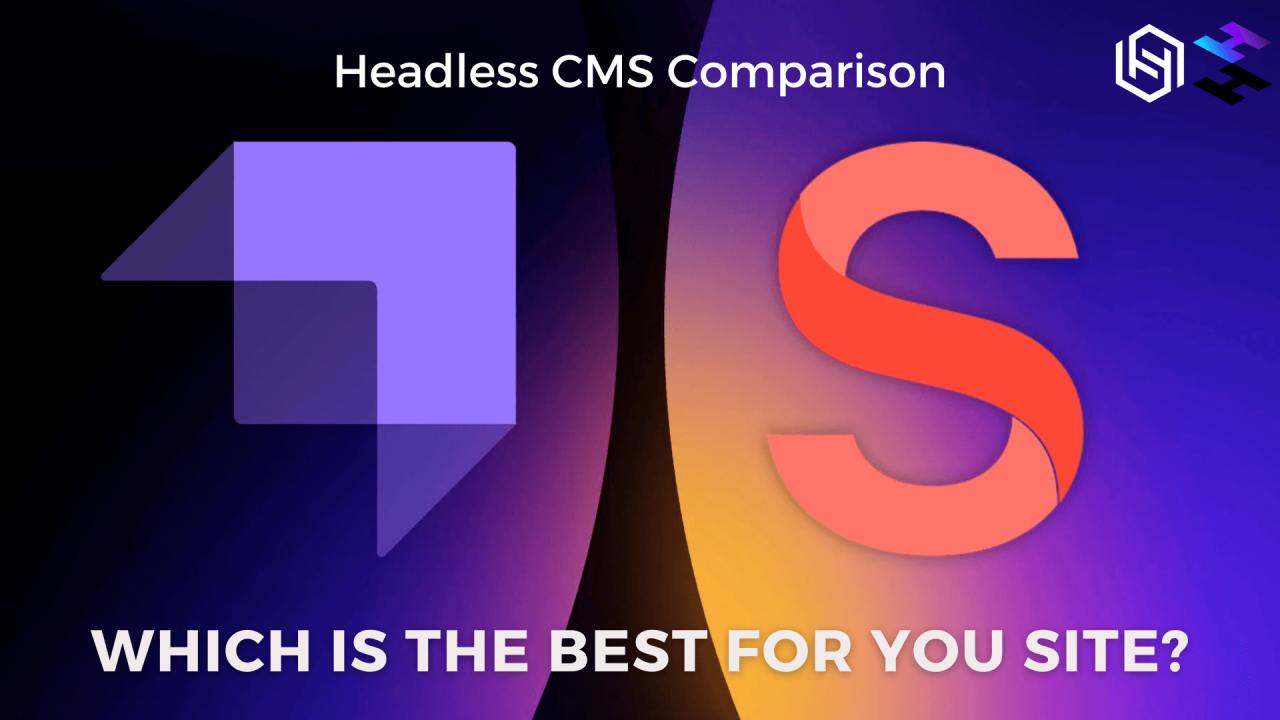Choosing the right headless CMS can significantly impact your web development workflow, content management, and overall project success. Standing out as the leadings headless CMS platforms today, both Strapi and Sanity bring customization capatibilities, intuituve interface and much more highlighted features to enhance our experience while developing sites and creating content.
Here is a deep dive into a comprehensive comparison to break down these powerful headless CMS. Check it out to see which is the best fit for your project - Strapi or Sanity!
I. Hold up, what is a Headless CMS?
In the ever-evolving work of web development, the concept of content management has taken a monumental leap forward with the rise of headless CMS. Traditional content management systems served us well, but as digital experiences become increasingly dynamic and diverse, a new approach was needed.
Unlike conventional CMS platforms, which tightly integrate the content and presentation layers, a headless CMS focuses solely on content creation, storage, and management.
A Headless CMS breaks the traditional "monolithic" approach by decoupling the content creation and storage process from its delivery to various devices and channels.
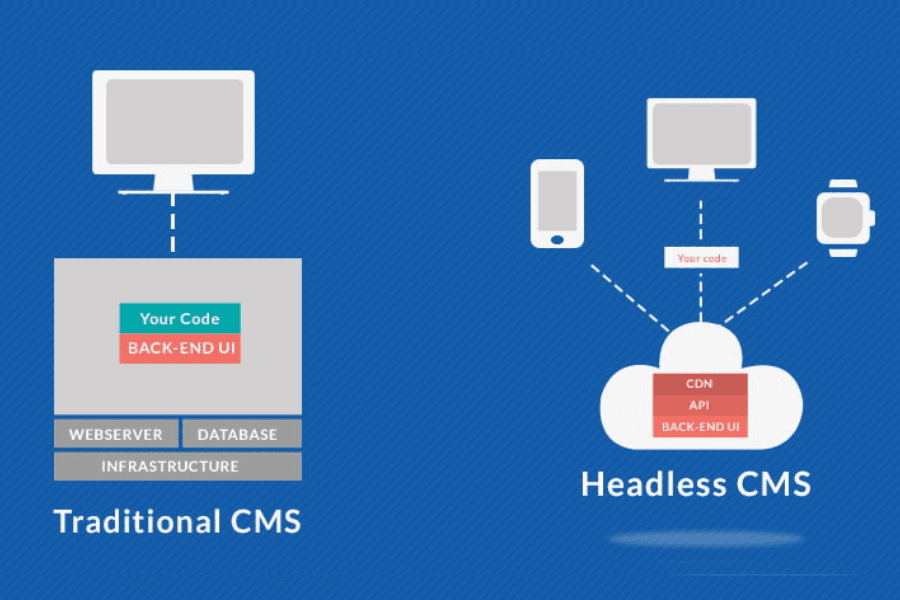
Specifically, a Headless CMS is a backend-only content management system that’s built from the ground up as a content repository. The content is then accessible via a RESTful API or GraphQL API for display on any device. This separates your data (the “body”) from how it’s presented (the “head”), hence the term “headless”.
Thanks to this separation, you have a remarkable amount of freedom. Developers can use whatever technology they want without worrying about how it’ll impact the frontend, and content editors can reuse their content across any number of any type of devices as it’s not locked into one specific channel.
As we delve deeper into the world of headless CMS, we'll explore how two prominent players, Strapi and Sanity, stack up against each other. By dissecting their features, capabilities, and suitability for different projects, we'll help you make an informed decision on which headless CMS aligns best with your development goals.
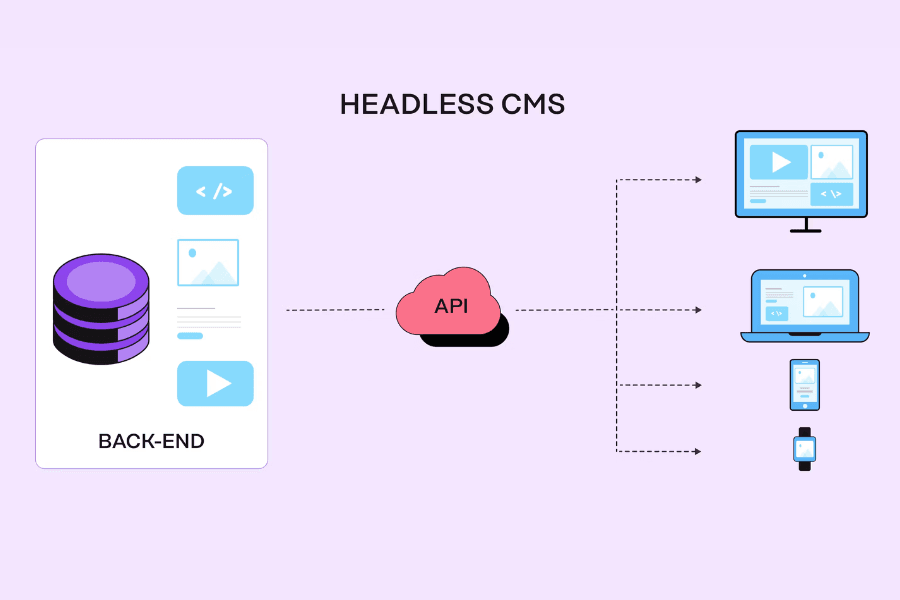
Whether you're building an e-commerce platform, a dynamic website, or a content-rich application, the headless CMS revolution offers the creative freedom and technical agility needed to craft exceptional digital experiences.
II. Overview of Strapi headless CMS
Strapi, one of the most open source headless CMS, is revolutionizing the way websites and applications handle content. With its flexible architecture and powerful features, Strapi empowers developers and content creators to build and manage digital experiences like never before.
Key highlight features
- Open source
Strapi is an open-source CMS written in Node.js. It provides a self-hosted, customizable, and extensible solution for creating API-driven content management systems.
- Flexibility and customization
Strapi offers a highly flexible content modeling system, allowing you to define custom content structures using a visual interface or code. It supports various field types and relationships, enabling you to create complex data models.
- Developer-friendly
Strapi is designed with developers in mind. It provides a RESTful API and supports GraphQL out-of-the-box, allowing developers to easily consume and manipulate content. It also offers a plugin system, which enables extending functionality and integrating with external services.
- User-friendly UX/UI
Strapi provides an intuitive admin panel where content editors can manage and publish content. The interface can be customized to match your branding and specific requirements.
- Database agnostic
Strapi supports a wide range of databases, giving you the flexibility to choose the database that best suits your project. Whether you prefer PostgreSQL, MongoDB, MySQL, or others, Strapi has you covered.
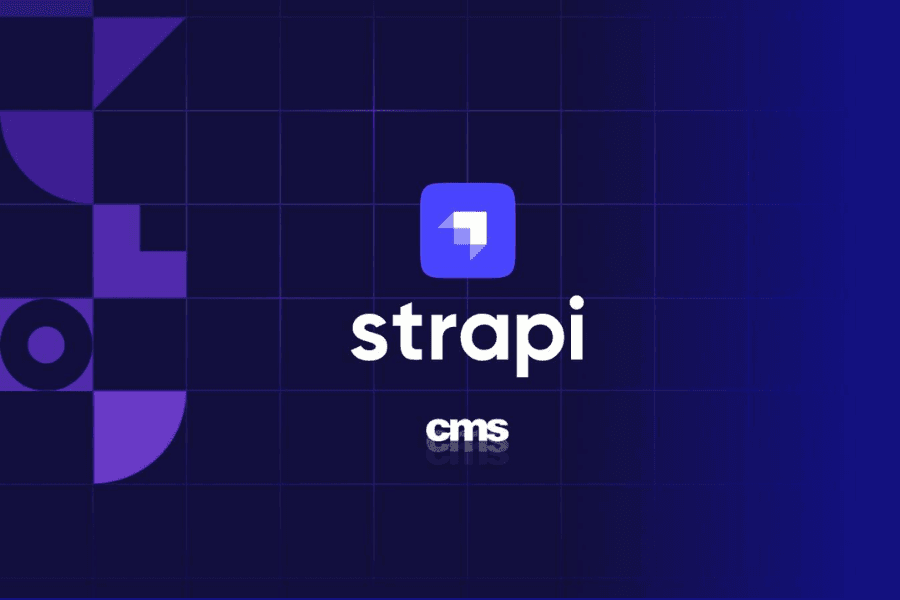
In summarize, Strapi supports a wide range of databases, giving you the flexibility to choose the database that best suits your project even if you prefer PostgreSQL, MongoDB, MySQL, and/or others.
Whether you're developing a portfolio website, an e-commerce platform, or a data-driven application, Strapi helps you to manage your content efficiently while ensuring scalability, security, and a seamless user experience.
III. Sanity headless CMS - Some key notes you need to know
Sanity is a headless, real-time CMS where the editor is an open source React-based construction kit and the backend is a graph-oriented cloud datastore with a globally distributed CDN. In the 2022 JAMStack Community Survey, Sanity has the highest satisfaction score for content platforms.
Highlight features
- Flexible content modeling
Sanity offers a schema-less approach to content modeling, allowing for flexible and dynamic content structures. It provides a structured content API that allows developers to define and query content using JavaScript and GraphQL.
- Real-time collaboration
Sanity allows seamless collaboration of team members for content creation. With real-time collaboration, productivity soars as content delivery time decreases, offering efficiency.
- Customizable editor experience
Sanity CMS boasts a user-friendly interface that can be tailored to meet specific project requirements. This feature ensures a tailor-made content creation to align with specific requirements, allowing for an alluring and seamless experience.
- Rich text editing
Sanity offers a powerful and extensible rich text editor called Portable Text. It allows content editors to create structured and customizable content with support for various formatting options and embedded media.
- CDN and image manipulation
Sanity integrates with a global CDN (Content Delivery Network), enabling fast and optimized delivery of media assets. It also provides image manipulation features, allowing you to dynamically resize, crop, and transform images.
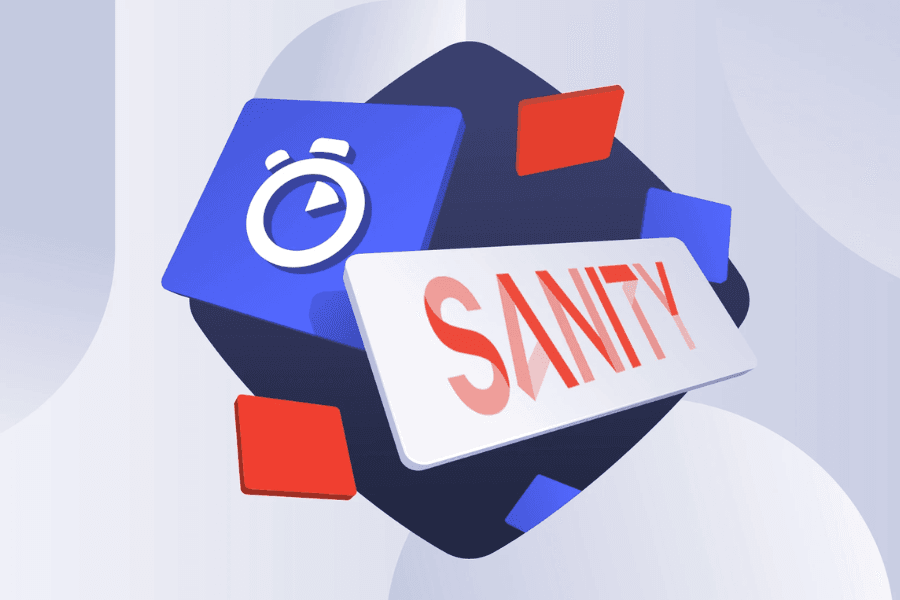
In a nutshell, Sanity's focus on structured content, real-time collaboration, and customizable schema makes it a solid contender for projects that demand intricate data management, collaborative workflows, and adaptable content structures.
Whether you're developing a news portal, a multi-platform mobile app, or a content-rich platform, Sanity's innovative features might be the answer to your dynamic content management needs.
IV. Strapi vs. Sanity - The comprehensive comparision between 2 top tier headless CMS
Check out the comparison of key aspects between Strapi and Sanity to understand their strengths in different categories.
| * | ||
|---|---|---|
| Features | Strapi | Sanity |
| Architecture and Technology stacks | |
|
| Customization and Adaptability | |
|
| User interface and Content Editing | |
|
| Ecosystem and Community | |
|
| Hosting and Deploying | |
|
| Pricing |
V. Which headless CMS is the best fit for your website?
Strapi CMS, with its extensive plugin ecosystem and self-hosted control, empowers developers to customize the system to suit their project's unique needs. While Sanity CMS provides a more customized editor experience and versatile APIs for tailoring content delivery.
Strapi is a self-hosted CMS that is known for its flexibility and customization. It is a good choice for projects that require a lot of control over the content management and delivery process. Strapi also has a large and active community of developers, which means that there are many resources available to help you get started and troubleshoot problems.
Sanity is a hosted CMS that is known for its ease of use and collaboration features. It is a good choice for projects that need a quick and easy way to get started with a headless CMS. Sanity also offers a variety of integrations with other popular tools, such as React and Gatsby.
The best choice depends on your unique needs, the technical expertise of your team, the desired features, and the budget you have available. Let's explore some key factors to consider which Headless CMS is right for your project.
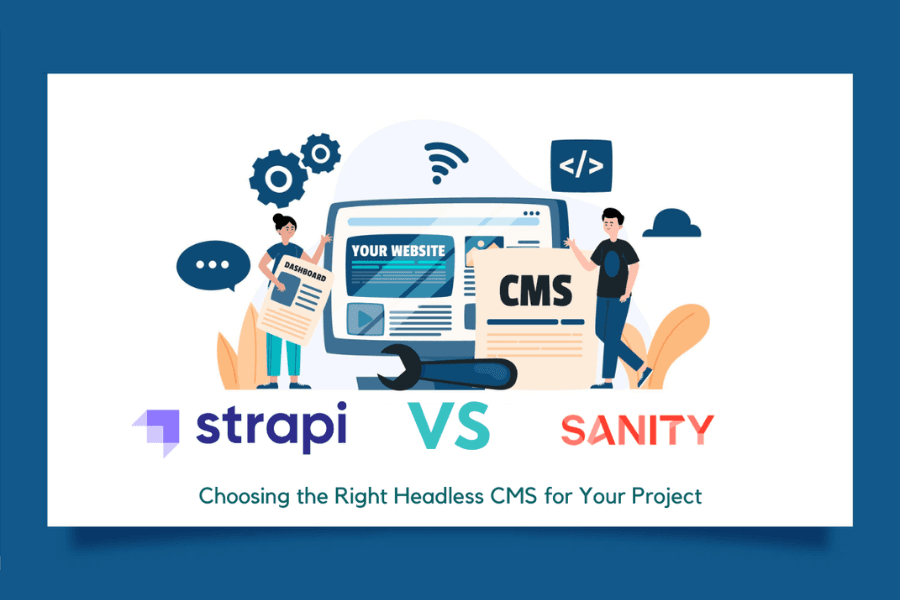
- Content complexity & relationship
If your project requires complex content relationships and structured data, Sanity's schema flexibility might be more suitable. If you need a more straightforward content structure, Strapi's customizable content models could work well.
- Collaboration and real-time editing
Choose Sanity if your project involves collaborative content creation and editing by multiple team members in real-time. Otherwise, Strapi might be a better fit if real-time collaboration is not a priority and you focus more on content management and APIs.
- Developer experience and customization
Strapi is a self-hosted CMS, so you will need to have some technical skills to set it up and maintain it. Sanity is a hosted CMS, so you do not need to have any technical skills to use it.
- Team size
If you have a small team, then Strapi may be a good choice, as it is more flexible and customizable. If you have a large team, then Sanity may be a good choice, as it is easier to use and collaborate with.
- Project's type and requirements
Strapi is suitable for API-driven websites and projects where content management is a primary concern. Sanity excels in projects with content-heavy requirements and a need for real-time collaboration.
- Budget and pricing
Consider the pricing models of both platforms. Strapi has free and paid plans, while Sanity offers both free and premium plans with advanced features and a wide range of prices.
Consider creating a list of your project's priorities and requirements, then evaluate how well each CMS aligns with the key points. It can also be helpful to test both platforms with a smaller project or prototype to get a firsthand experience of their features and capabilities.
VI. Case studies and real-world examples
If you're still not sure which one is the best fit, let's take a quick look and see how each headless CMS works in reality for more references.
6.1. Strapi's real-world examples
Considering to use Strapi as your headless CMS? We have 2 real successfull projects for you to look over.
Societe Generale

Societe Generate aimed to build a fully functional training site. They had a deadline of 3 months that included alpha and beta-testing phases. After testing the leading headless CMS in the market, they decided to go with Strapi headless CMS software.
Strapi is an excellent choice Societe Generate as it offers fully customization abilities, and seamless user experience. By leveraging Strapi's main functionalities, they drafted the site up & ran it efficiently and quickly.
Shelt. In
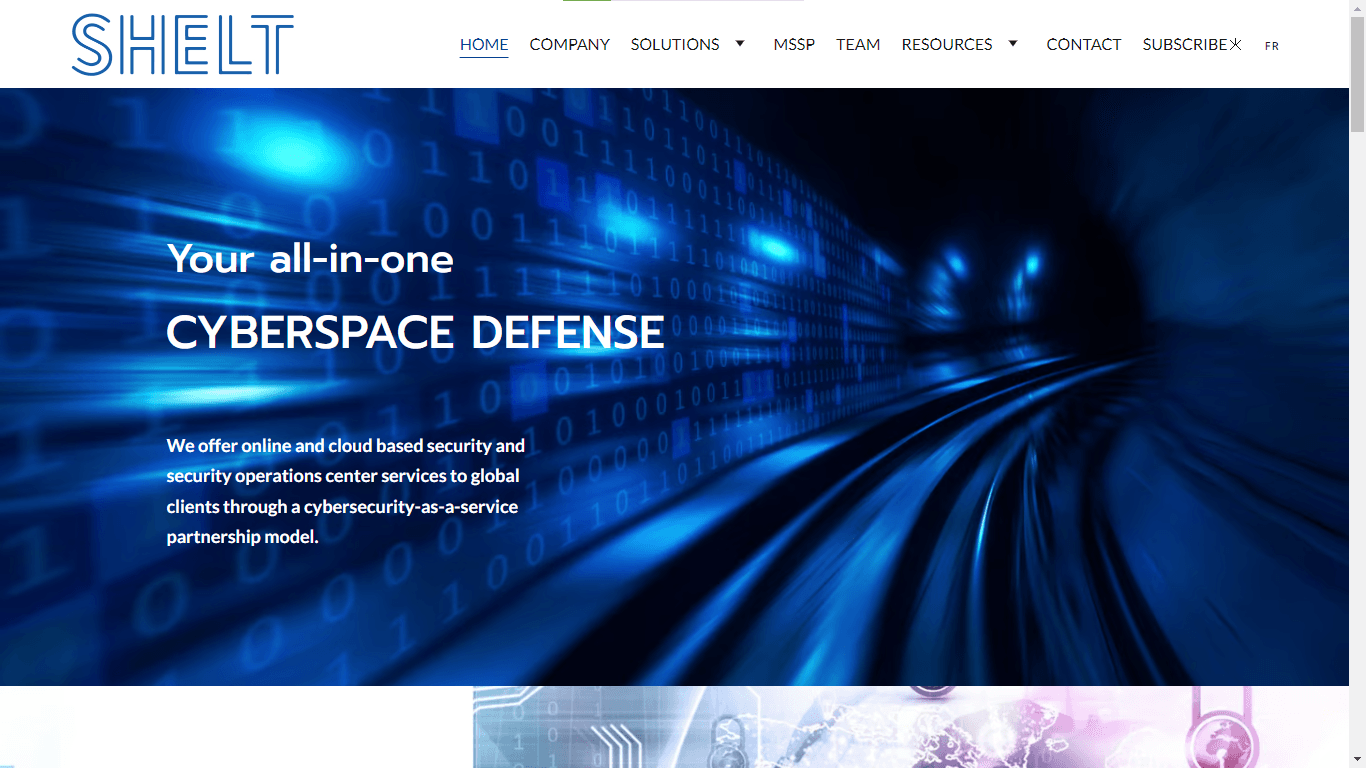
Before integrating with Strapi, Shelt. In had a basic API content with few limitations. They wanted to go with a CMS that ensures high speed and multiple options.
Strapi, with the scalability and customizability, helped Shelt In. to set up a high-performance deployment environment. As a result, they has increased the productivity and velocity and gained several impressive conversion rates.
6.2. Case studies using Sanity headless CMS
Check out the best case studies using Sanity as the headless CMS.
PUMA

PUMA is one of the world’s leading sport brands, designing, developing, selling and marketing footwear, apparel, and accessories. Their goal was to build a content engine on top of Salesforce, the commerce engine and repository for PUMA’s product catalog and related content, like images and video.
Sanity accepted the challenge by enabling PUMA to be much more agile when they create campaigns, reusing content and making it dynamic so it can run more autonomously.
To date, the PUMA team has created over 500 category landing pages, more than 4000 hero banners, staged over 100 campaigns and created more than 55,000 pieces of reusable content, all within Sanity.
Morning Brew
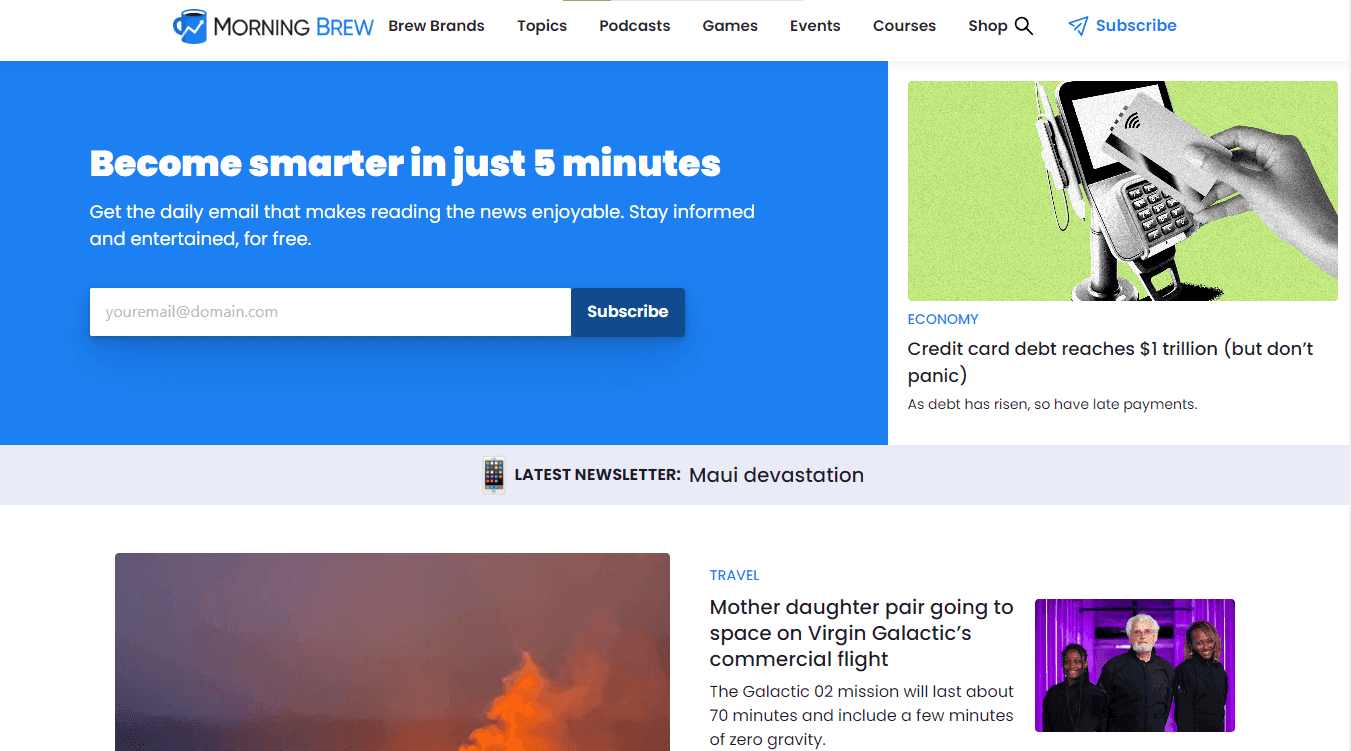
Morning Brew is the media company redefining the business news landscape through approachable, digestible content. They used a homegrown content management system (CMS) built for textual content before integrating with Sanity.
They wanted to open up possibilities for greater innovation and interactive, rich-media storytelling delivered across channels. They also needed to introduce new brands quickly and easily, without time-consuming coding hacks.
A few months after we migrated over to Sanity we sent out a survey to our editorial team, like a baby NPS score. On a scale of 1–5 scale, with 5 being the best, the team gave Sanity high marks, mostly 5s. Everyone is really, really happy with Sanity.
With Sanity, Morning Brew had a huge transformation from Newsletter Company to Media Brand. They have now fully replaced its previous CMS with Sanity, the company’s single source of truth for omnichannel content.
Final thoughs
In conclusion, the choice between Strapi and Sanity as your headless CMS is a decision that hinges on the project's goals and unique requirements. Both platforms offer exclusive solutions to content management, and each excelling in distinct aspects.
As you embark on your journey to select the ideal headless CMS, consider the intricacies of your project – from content complexity to team collaboration, scalability, and long-term sustainability. With a clear understanding of their strengths and a keen eye on your project's aspirations, you're equipped to make a decision that paves the way for exceptional digital experiences.
